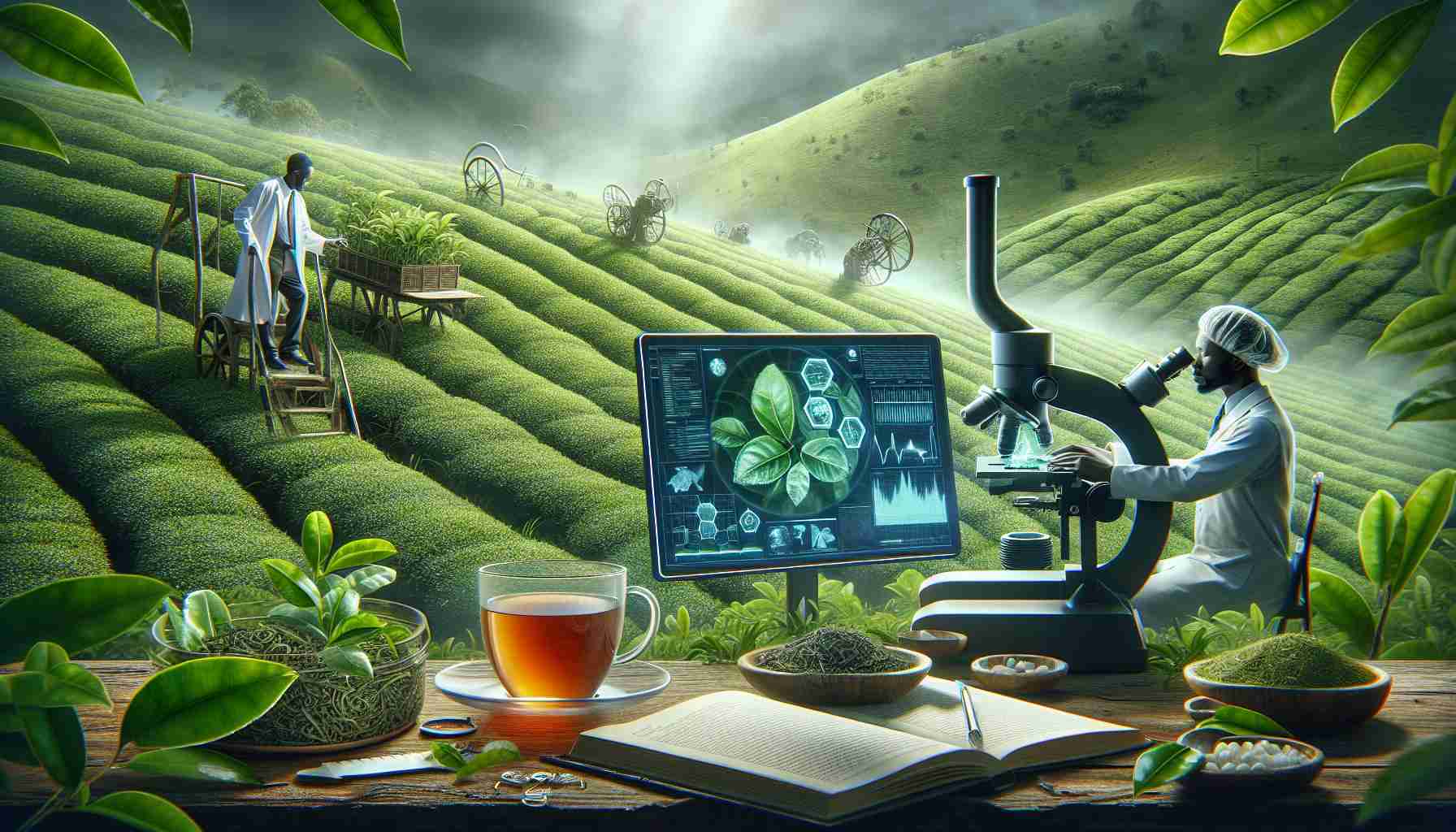Indian-origin astronaut Sunita Williams has made an impressive return to spacewalks after a long hiatus of 12 years. Completing her eighth career spacewalk, she participated in a vital maintenance mission for the International Space Station (ISS).
On US Spacewalk 91, Williams teamed up with fellow astronaut Nick Hague, embarking on a six-and-a-half-hour mission critical for the upkeep and enhancement of ISS systems. During this endeavor, they focused on the Neutron star Interior Composition Explorer (NICER) telescope. This instrument plays a key role in the exploration of neutron stars and various cosmic phenomena.
The pair executed a significant replacement of a rate gyro assembly, which is essential for stabilizing the ISS’s orientation in space. Additionally, they addressed the international docking adapter by replacing a reflector to improve navigation for incoming spacecraft.
In preparation for future activities, Williams and Hague also scrutinized tools and areas linked to the upcoming maintenance of the Alpha Magnetic Spectrometer, showcasing their proactive approach to mission planning.
Looking ahead, the astronauts are scheduled for additional spacewalks, with tasks including the removal of an antenna assembly and the collection of samples. Despite a delayed return to Earth due to postponed space missions, Williams remains committed to the ISS operations and carries a steadfast focus on the mission’s objectives. Her dedication exemplifies NASA’s ongoing commitment to scientific advancement in space exploration.
Wider Implications of Recent Spacewalks
The recent return of Sunita Williams to spacewalks underscores not only individual achievement but also broader implications for society and the future of space exploration. As NASA advances in its mission to maintain and upgrade the International Space Station (ISS), these efforts symbolize a collective global investment in knowledge and technology that can transcend borders.
The collaboration between international crews aboard the ISS exemplifies a culture of global cooperation. Astronauts from various nations work side by side, reinforcing the notion that space exploration is a unifying endeavor, fostering international relationships amid geopolitical tensions. Williams’ contributions draw attention to the importance of diversity in STEM fields, inspiring future generations from underrepresented backgrounds to pursue careers in science and technology.
On an economic front, the ongoing maintenance and upgrades of the ISS are critical. The ISS serves as a research platform that yields advancements in various sectors, including medicine, robotics, and materials science, which can have far-reaching economic benefits. The investment in space infrastructure can lead to innovations that stimulate growth in terrestrial industries.
Moreover, the environmental implications of such missions are profound. As space exploration continues to expand, the understanding of Earth’s climate through satellite technology and cosmic phenomena can aid in combating climate change. Future trends may involve improved agreements on space debris mitigation and the development of sustainable space practices, reflecting a growing acknowledgment of our environmental responsibilities beyond Earth.
In conclusion, the significance of Williams’ mission extends far beyond her individual achievements. It is a testament to humanity’s quest for knowledge, efficiency in collaboration, and the need to prioritize sustainability in our ventures both in space and on our home planet.
Sunita Williams’ Remarkable Return to Spacewalks: What You Need to Know
Introduction
Sunita Williams, an Indian-origin astronaut with an illustrious career, has recently made headlines with her return to spacewalks after a significant break of 12 years. As part of her eighth career spacewalk during US Spacewalk 91, Williams showcased her expertise on a critical mission to maintain and enhance the International Space Station (ISS). Here’s a detailed look at her recent spacewalk, future projects, and the broader implications of her work.
Key Features of Spacewalk 91
1. Collaboration with Nick Hague: Williams teamed up with fellow astronaut Nick Hague for this six-and-a-half-hour mission, underscoring the collaborative nature of space exploration.
2. Focus on NICER Telescope: A substantial part of their mission involved the Neutron star Interior Composition Explorer (NICER) telescope, integral for studying neutron stars and cosmic phenomena.
3. Technical Upgrades: A critical task included the replacement of a rate gyro assembly, vital for maintaining the ISS’s orientation. They also improved the international docking adapter, enhancing navigation for incoming spacecraft by replacing a necessary reflector.
4. Proactive Maintenance: Williams and Hague prepared for future missions by examining tools and areas for the upcoming maintenance of the Alpha Magnetic Spectrometer, demonstrating foresight in mission planning.
Upcoming Spacewalks and Missions
Looking ahead, Williams and Hague are slated for additional spacewalks that involve:
– Removal of an Antenna Assembly: This task aims to streamline operations on the ISS by clearing outdated equipment.
– Sample Collection: This is part of ongoing scientific research to gain insights into space and its environments.
Pros and Cons of Williams’ Return to Spacewalks
Pros:
– Extensive Experience: Williams brings a wealth of knowledge from her previous missions, improving safety and efficiency on the ISS.
– Continuous Learning: Each spacewalk contributes to the broader scientific knowledge and operational capabilities of the ISS.
Cons:
– Health Risks: Long-duration space missions carry inherent health risks, including exposure to cosmic radiation and effects of microgravity.
– Mission Delays: The postponed return to Earth due to scheduling conflicts may affect operational timelines and crew readiness.
Insights and Trends in Space Exploration
– Growing International Collaboration: Astronauts like Williams emphasize international partnerships in space missions, crucial for tackling complex challenges.
– Technological Innovations: Advances in robotics and materials science are becoming increasingly important for successful maintenance and upgrades in space.
– Sustainability in Space: There is a growing focus on sustainable practices for current and future missions, particularly as space exploration expands toward Mars and beyond.
Conclusion
Sunita Williams’ return to spacewalks not only marks a significant personal milestone but also represents the ongoing commitment of NASA and international space agencies to leverage human expertise for large-scale scientific endeavors. With further missions on the horizon, her work continues to pave the way for future explorations, furthering humanity’s quest for knowledge beyond our planet.
For more insights into space exploration, visit Nasa.


















